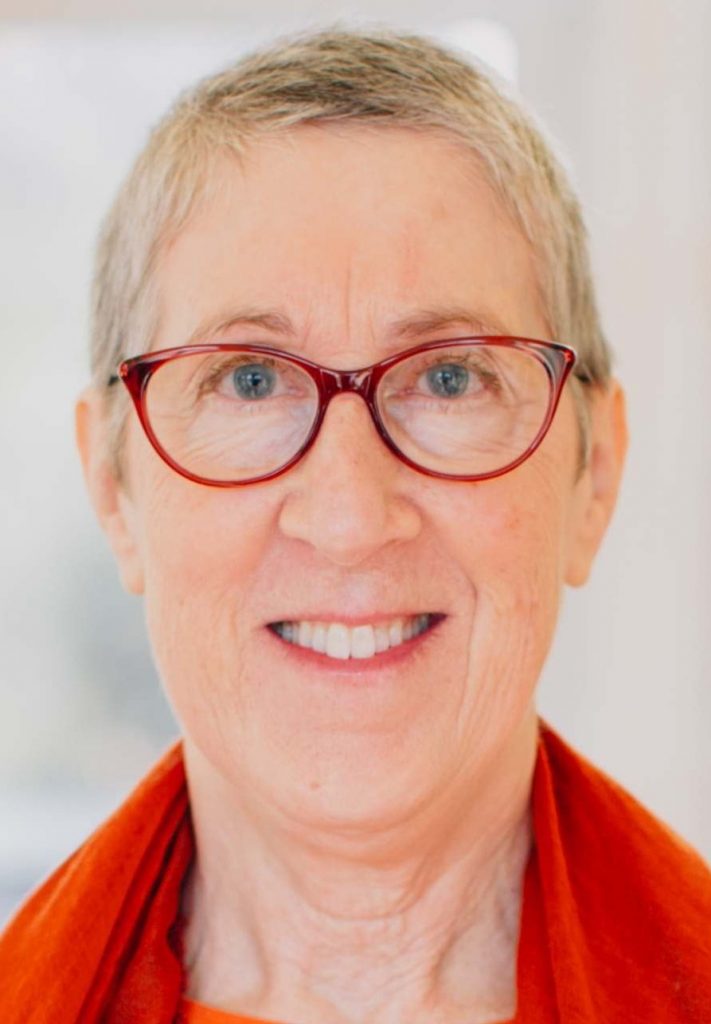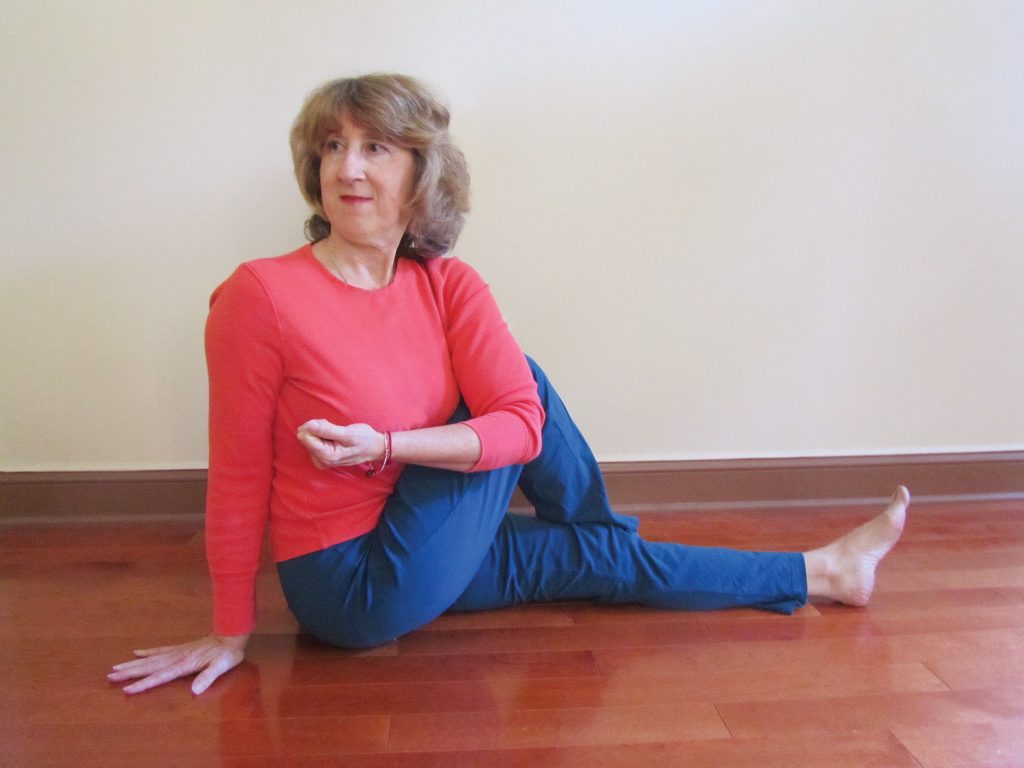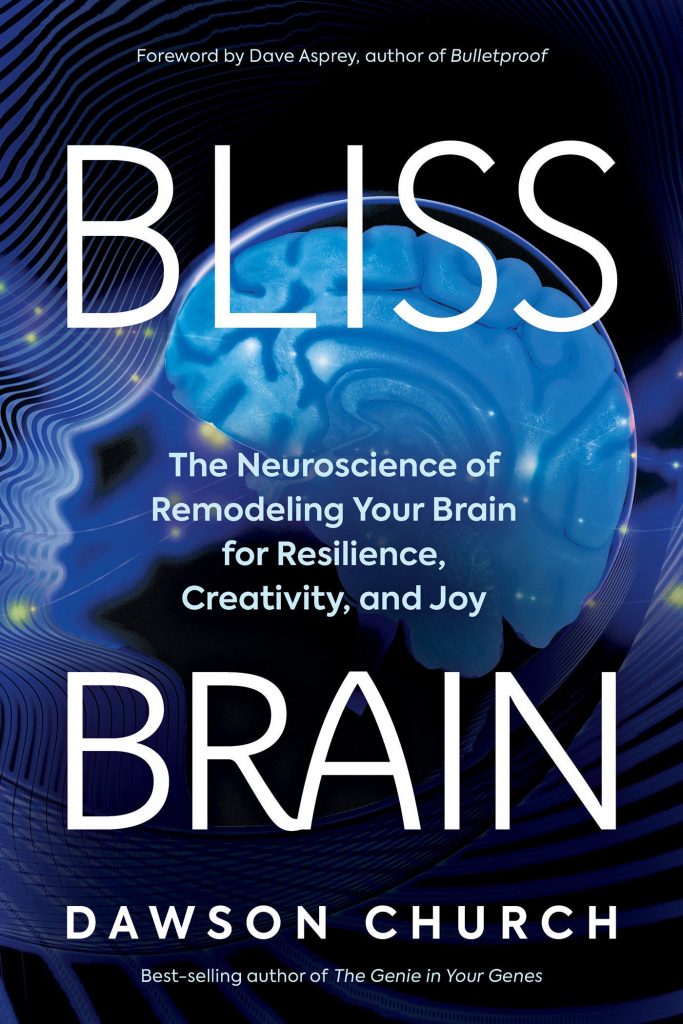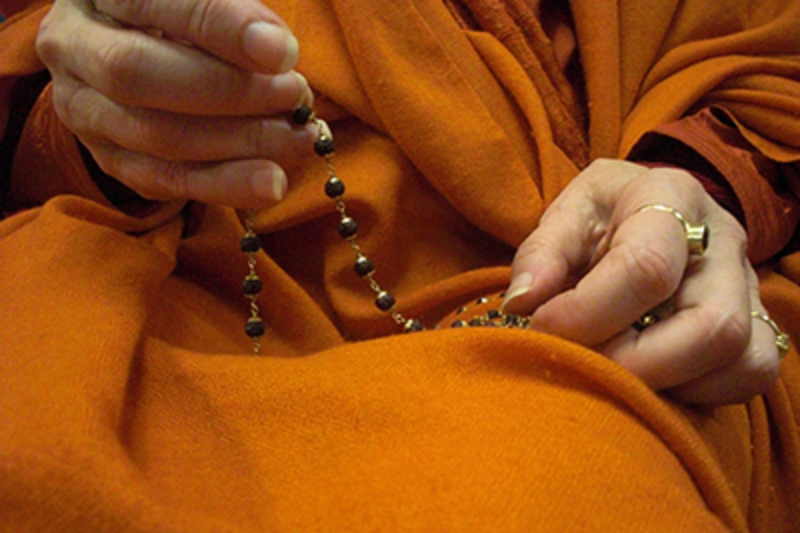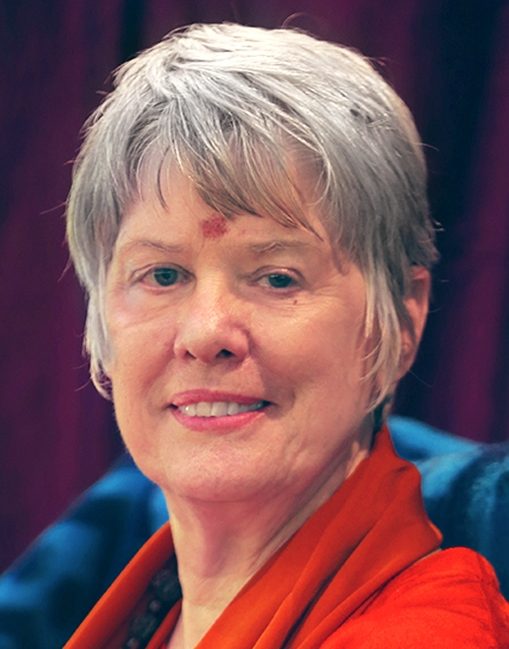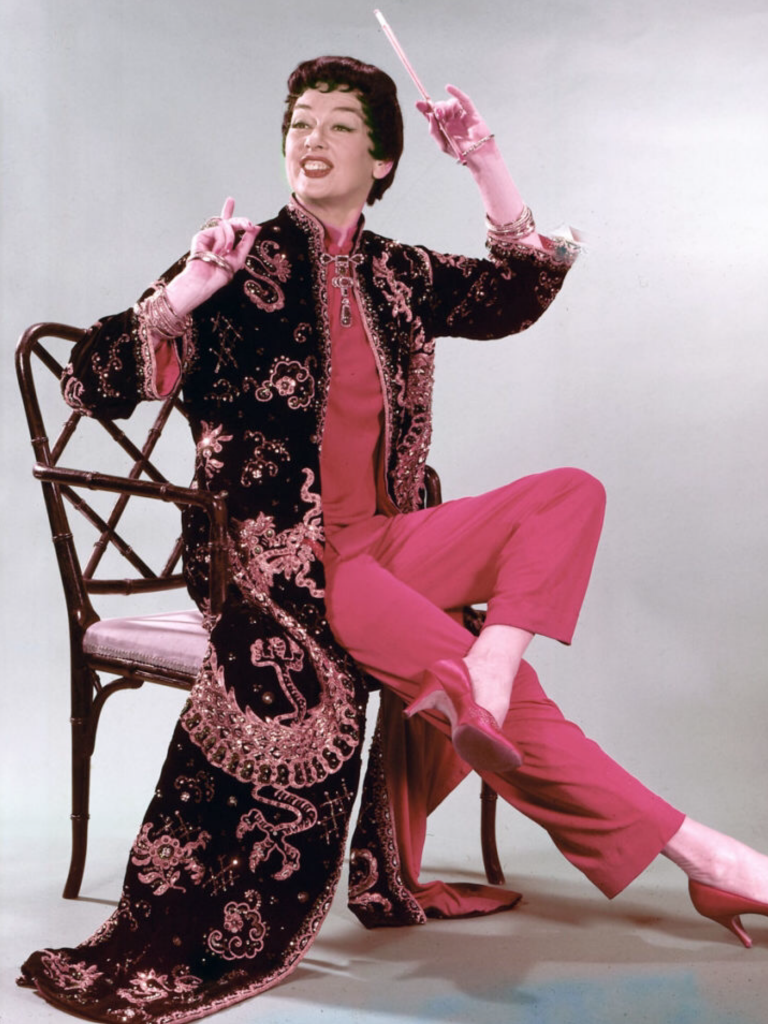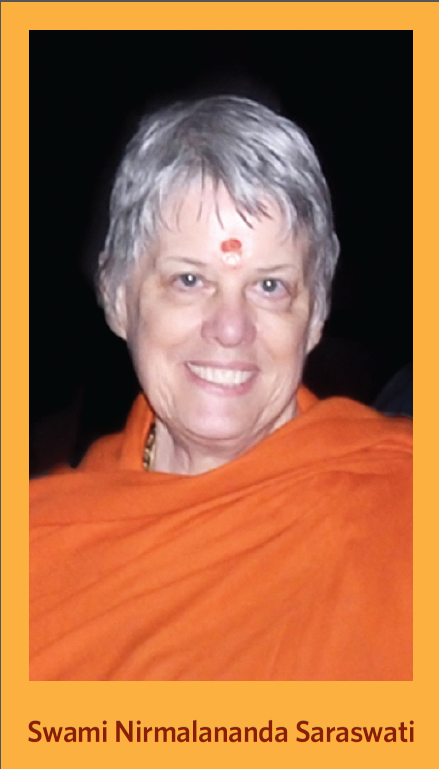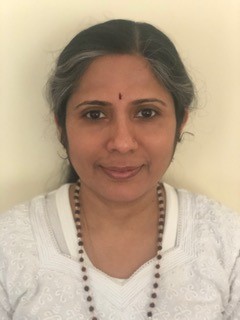
By Nirooshitha Sethuram
Even though they were born into a royal family, the Pandavas were brought up in a hermitage, with only a theoretical knowledge of city life. Once they came to live in Hastinapura, they managed to cope with the changes well, with the guidance from their mother Kunti, great-grandfather Bhishma and uncle Vidura. So, the sons of King Pandu, began to grow up in princely style in the home of their father. Everything was flowery at the beginning.
Duryodhana and his Kaurava brothers did not enjoy having their Pandava cousins in Hastinapura. The Kauravas were hostile due to their uncle Shakuni having poisoned their minds even before they met the Pandavas. In addition, great-grandfather Bhishma and uncle Vidura were giving equal attention to Pandavas, rather than the Kauravas getting their full attention as before. This added fuel to the fire.
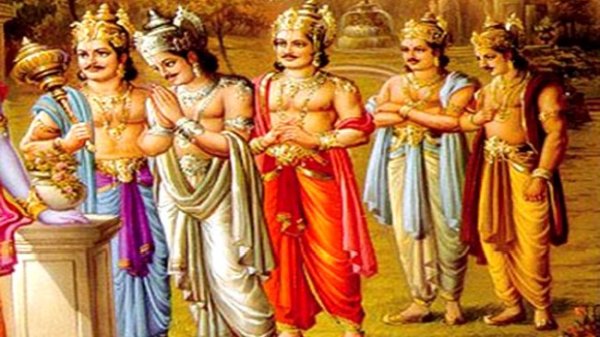
The five Pandavas knew nothing about the Kauravas’ hatred of them. Led by the eldest of the Pandavas, Yudhishthira, they treated the Kauravas as their loving cousins. Yudhishthira always upheld righteousness, which meant equality among the brothers and cousins.
The strongest of the Pandavas was Bhima who was the same age as Duryodhana. Always playful as he was, Bhima played tricks on all his brothers and cousins. As the strongest, he would bully them in a friendly manner. He pulled ten of them with one hand along the ground. When they were picking fruit, he was unable to climb the trees due to his weight. Instead, using his strength to kick the tree, would knock all the fruits to the ground along with his cousins.
Though the Pandavas thought they were having a good time with their cousins, the Kauravas didn’t look at it the same way. There were instances when the Kauravas insulted the Pandavas in many ways. Bhishma and Vidura tried their best to unite the cousins, but Kauravas’ minds had been poisoned by their uncle, Shakuni.
Both the Pandavas and Kauravas had started their preliminary education from various elders, in the hermitage and in Hastinapura respectively. It became time for them to get formal education and training in the arts of war and statecraft. Bhishma appointed the royal teacher of Hastinapura, Kripachariya to the job. Though Kripachariya accepted the job, he encouraged Bhishma to find a more suitable person to teach them; Kripachariya thought the Pandavas and the Kauravas had the capacity to go beyond what he was able to offer.
One day, when the Pandavas and Kauravas were playing with a ball, it fell into a deep well. They couldn’t get it out. While staring at the ball in the well, Yudhishthira’s ring slipped out of his finger and also fell into the well.
While they were blaming one another, a Brahmin, who was also an archer, with an impressive personality appeared in the grounds. He took a blade of grass, sharpened it and shot it like an arrow at the ball, reciting mantras. Then he followed it up with more blades of grass, forming a chain, then pulled the ball out.
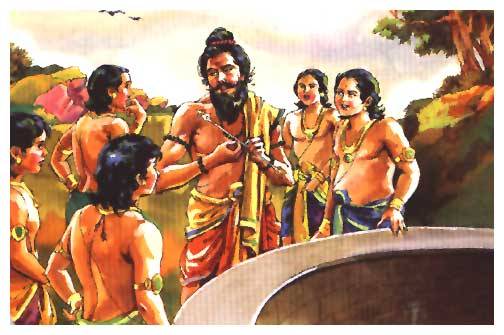
Then he shot another arrow, which went into the bottom of the well and came back with Yudhishthira’s ring. The children were astonished as to how that was possible. Especially Arjuna, who loved archery, was taken by this.
When they asked who he was, he told them to take the ball with the grass blade chain to their grandsire Bhishma to get the answer. The children ran to Bhishma, showed him the grass blade chain and told him what happened. Bhishma stood up saying, “Dronacharya is here!”
Dronacharya was the son of Rishi Bharadwaja and a student of great Parashurama. He was also Kripachariya’s brother-in-law, being married to Kripi, the sister of Kripachariya. He had come to visit his brother-in-law.
Immediately, Bhishma invited Dronacharya to the palace and bestowed high respect and honor on him. He requested Drona to be the teacher and guru to the Pandavas and Kauravas. Though Drona was poor, he had his own principles. Drona had two conditions. One was that his son Ashwatthama would study side by side with the princes, which is usually not allowed in a royal setting. The other was that the teachings would be done in seclusion in his ashram and training ground, which was far away from Hastinapura.
Dhritarashtra was agreeable to the first condition. But, due to his love for his children, he was not willing to part with his sons. Therefore rejected the second condition. Dhritarashtra wanted the teaching to happen in the outskirts of Hastinapura. Drona turned down the offer and returned to his ashram, saying they could contact him if they changed their mind.
As the days passed, the Pandavas began to feel the Kauravas’ hostility toward them due to the way their cousins treated them. As the eldest Kaurava, Duryodhana couldn’t stomach the fact that there was competition for the throne he’d been thinking would be his one day. Thus, he and his brothers started to give grief to the Pandavas. Dhritarashtra’s desire to make his eldest be king after his own time had seeded the thought in Duryodhana. Now it rooted in his mind and made him do anything to achieve it.
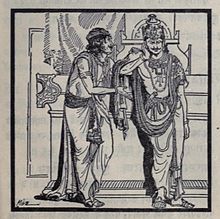
Duryodhana had a strong dislike for the Pandavas and missed no opportunity to demean them. He was aware that, in order to rule over the entire kingdom of Hastinapur unchallenged, he needed to eliminate them. So the Kauravas always looked at the Pandavas as their enemies. With their uncle Shakuni’s help, they devised cunning plans first to kill Bhima, as Duryodhana envied him the most due to Bhima’s strength. Duryodhana always said, after killing Bhima, finishing the others off would be an easy task.
King Dhritarashtra, turned a blind eye to every wrongdoing of his sons. His love for them, especially with his eldest Duryodhana, got in the way of his disciplining and punishing them. This made it easy for Duryodhana to continue their ill treatment of the Pandavas.
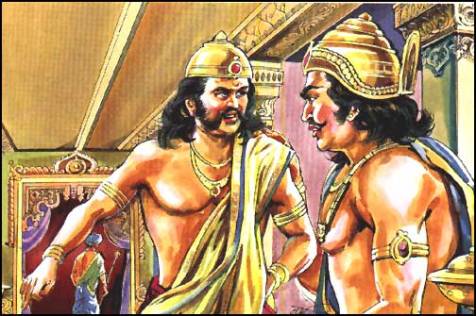
Duryodhana, knowing Bhima would fall for anything with food, planned to poison him in a dinner which Duryodhana would host. He planned everything with his uncle’s help. By this time, Yudhishthira and his brothers were careful about their cousins, but Bhima believed in his strength so much that he dropped his guard a lot, especially when food was involved.
Duryodhana had a mock castle and garden built near the banks of the river Ganga for the cunning plan he had in mind. He got his father’s chefs to make a lot of food for a feast and invited his cousins for the outing.
At the feast, Duryodhana mixed a very poisonous venom in Bhima’s food, which came from his mother Gandhari’s kingdom with the help of his uncle. In the happiness of seeing all the food, Bhima ate the poisoned portion too. Though he noticed a difference in taste, he was so busy eating and didn’t bother to examine it. He was not expecting that Duryodhana and his brothers would stoop to a level that they would try to kill him.
As it was a slow reacting poison, Bhima didn’t feel anything at the beginning, so he kept on eating. Everyone was tired after all the games and the food, so they retired for the night to their rooms. Without him realizing it, Bhima began fading away in his sleep, due to the poison working in his body. Knowing how long it took for the poison, Duryodhana waited patiently. Then, his brother Dushasana helped him carry Bhima to a deep part of the river and push him in with his hands and legs bound.
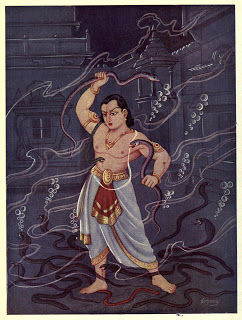
Bhima sank down to the bottom of the river, where some venomous water snakes bit him. Bhima woke up and fought them to save himself, thinking the serpents were attacking him. He tried to chase them away with the strength that was left in him. To his astonishment Vasuki, the king of snakes, came and greated Bhima. Vasuki said that he sent his clan to save Bhima from the venom he had in his body. Vasuki also explained that Bhima was related to him and that Lord Vayu, the God of wind, had sent him a message that Bhima was in danger. Vasuki gave Bhima the details of the venom and its origin, which immediately revealed what had really happened. Bhima was taken to Nagaloka. the world of snakes, to recover.
The next day, at the play castle, the Kauravas and the other Pandavas set out to go back to Hastinapura. They start off without Bhima who was missing. On their way they talked to one another, figuring that Bhima must have gone home before them. The wicked Duryodhana and Dushasana knew what had happened. Though they were glad at heart that Bhima was missing, they didn’t show it out to their cousins.
Arriving in Hastinapura, the four Pandavas didn’t find their brother as they had expected to. When they broke the news to Kunti, as a mother, she felt that something was wrong. She had been observing the way the Kauravas were treating Pandu’s sons lately. She spoke to uncle Vidura about her concern that Duryodhana was involved in Bhima’s disappearance. Vidura advised Kunti not to take it to anyone else without evidence, as things might get even worse given Dhritarashtra’s mindset. He assured her not to fear too much.
Though King Dhritarashtra was eager to have his son as the next king, he didn’t want any harm done to his brother’s children. Dhritarashtra, Bhishma, Vidura and the rest of the elders were saddened by the recent events and tried to console each other. They sent a number of search parties all around the kingdom to find Bhima. Kunti performed a number of penances for the safe return of her son. All of the search parties returned with no luck. Thinking Bhima was dead, Kunti and the Kuru family fell into deep sorrow and started to discuss doing the last rites for Bhima.
Back in Nagaloka, the world of the snakes, Vasuki and the other Nagas gave Bhima the best hospitality until he was healthy and ready to leave. After a few days, regaining his full strength, Bhima wanted to go back to his family. He was blessed by Vasuki and the other snakes. Vasuki gave an auspicious nectar to Bhima, which made him even stronger, giving him the power of hundred elephants. Then Vasuki brought him to the surface of the water and placed him in the garden where he had been having fun.
The mighty Bhima, arriving on the surface of the earth, thanked Vasuki and the other Nagas. Vasuksi vanished. Bhima ran to Hastinapura to see his mother. Arriving there, he bowed down to Kunti, the elders and his eldest brother Yudhisthira, and hugged his younger brothers. Everyone was extremely happy to see Bhima back. But Duryodhana, his brothers and Shakuni were dumbfounded and extremely unhappy.
After returning to their chambers, Bhima narrated to his mother and brothers everything about the villainy of Duryodhana, and the unlucky and lucky incidents that had happened to him in the play castle and the Nagaloka. Thereupon Yudhishthira told the brothers to observe silence on this matter and, from that day onwards, to protect one another with care.

Hearing Bhima’s story, Kunti decided to leave Hastinapura and take the Pandavas to her father. Through a spy, Bhishma learned everything that happened and advised Kunti against deserting Hastinapura. Bhishma gave his word to make things right. Kunti accepted Bhishma’s word and remained in Hastinapura with her sons.
More to come…
